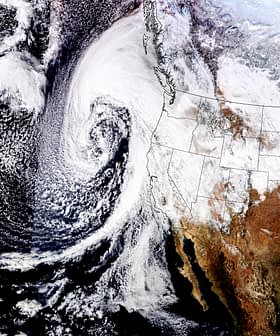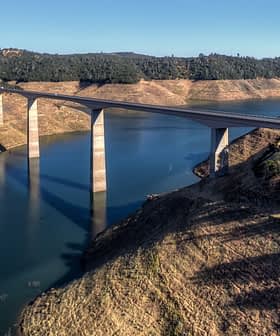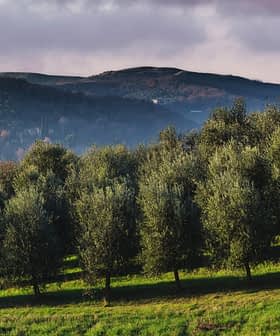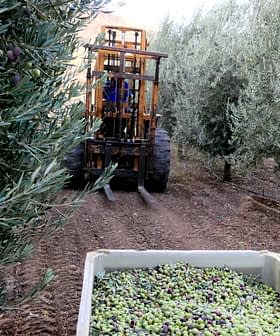Olive oil expert Paul Vossen says this year’s California olive harvest will produce approximately 4.5 million liters of olive oil for the state. The increase is due, in part, to almost 10,000 trees planted in the spring of 2008, many of which are coming into production right now.
Vossen, an expert in olive oil processing and sensory analysis, is the panel leader of the UC Cooperative Extension Olive Oil Research Taste Panel and has been a member of the academic faculty of the University of California as a Cooperative Extension Farm Advisor since 1980. He has studied olive oil production systems in Spain, Italy, France, Portugal, Greece, Australia and
Argentina, and is currently in Spain on a trip that will also take him to Lebanon and Italy.
California began super-high-density planting of olive trees in 1999. Traditionally, olive orchards have been planted at a density of about 100 trees per acre and harvested by hand. Super-high-density olives groves have plantings of at least 500 trees per acre and are machine- harvested. The difference in methods amounts to lower harvesting costs and a faster orchard-to-mill rate which means fresher oil at the peak of flavor.
Density rates in California have grown as high as 908 trees per acre, according to a 2009 survey (PDF) from the UC Davis Olive Center. According to the survey, 12,127 acres of super-high-density trees were planted in California as of the end of 2008, with almost 80% of the acreage planted between 2005 and 2008. This has increased to about 17,000 acres after 4,500 acres were planted last year. Glenn and San Joaquin counties have the most planted acreage, followed by Butte County. The most common olive variety, amounting to 78% of the state’s super-high-density acreage, is the Arbequina, an olive native to Spain.
While olive crops worldwide are expected to produce a plentiful olive oil supply, the sluggish economy has dragged on the global demand for this premium oil. Still, the rise of California olive oil production is something to marvel.
Dan Flynn, director of the UC Davis Olive Center, says people are consuming more olive oil each year and the increased production means there’s “a lot of high quality California oil this year compared to last year,” meaning “you’ll be able to find California oil more readily around the country.” A decade of modern planting has the Golden State’s production growing at such a rate that its olive oils are beginning to make an impression, even among those of the world’s top producers. So much so, says Flynn, that “some of the higher volume [California] producers are competing with some of the higher importers.” Flynn believes California could rank among the world’s top ten olive oil producers within the decade.
Spirits are very positive for boutique grower and producer, Laurie Schuler-Flynn, of Hillstone Olive Oil who says, “I have no doubt that this year will be the largest for California.” Now close to harvest, “our crop appears to be very heavy along with fellow olive growers that I have spoken with,” says Schuler-Flynn whose optimism is unambiguous. Not only is she hopeful that this year’s crop will make U.S. consumers take notice of California’s “stellar extra virgin olive oils,” Schuler-Flynn wonders, with the upward trend of olive oil consumption, “will there be enough, even in a year such as this?”








